Coronaviruses are a large family of viruses that cause illnesses ranging from the common cold to severe acute respiratory illnesses such as Middle East Respiratory Syndrome (MERS-CoV) and Severe Acute Respiratory Syndrome (SARS-CoV).
In December 2019, doctors in Wuhan, China, started to identify cases of what looked like a new form of coronavirus, called SARS-CoV-2. The disease caused by SARS-CoV-2 has since been given the official name COVID-19. Local quarantines were put into place, but you know what happened next: COVID-19 has spread across the globe, with more than 87,000 confirmed cases as of Monday March 2nd, 2020.
So why is a new illness – which has killed far fewer people than normal strains of flu in an average year – being taken so seriously?
‘An economic pandemic’
The medical risks of COVID-19 are still being assessed, and are beyond the scope of this article, but inevitably, much of COVID-19’s impact so far has been economic.
The economic impact is here, and it’s very real. Recent record falls in stock markets all over the world are a clear indicator of what one analyst called an ‘economic pandemic’,1 which reflects a growing worry that markets could be badly hit by the consequences of what is now a global problem.
Last month, as a result of COVID-19, Chinese manufacturing fell to a record low
But first, to China – because China is important. In 2018, China accounted for about 16% of the global economy, and about 28% of global manufacturing output. And last month, as a result of a loss of output caused by COVID-19, Chinese manufacturing fell to a record low.2
 |
| A disruption to iPhone production in China was enough for Apple to issue warnings about revenue this quarter. |
‘Chinese manufacturing’ encompasses everything from cars to smartphones, not to mention the myriad of tiny components that end up inside virtually all consumer electronic devices. So when factories in China shut down, that creates a problem. Around five million jobs in China rely on Apple device manufacturing alone, and the company has already warned that it will miss revenue goals as a result of the outbreak.3 It is estimated that up to 760 million people in China are currently subject to some kind of travel restriction. For context, that’s more than double the entire population of the USA.
Effect of disruption in China on consumer digital imaging industry
It makes sense that a major drop in production of iPhones would affect Apple’s bottom line. The company’s Zhengdou facility is estimated to churn out up to 500,000 of them a day,4 and the company sells about one hundred times that number in a good quarter. That’s a rate of production – not to mention sales – far in excess of any digital camera, but in the photo industry, too, the effect of the COVID-19 outbreak is being felt.
To take just one example, after closing completely for a time, Fujifilm’s facility in China re-opened in mid-February but has been operating at reduced capacity since then. This has caused disruption to the production of its popular X-T30 and X-T3 models, and the company cannot confirm when it will be able to ship the new X-T4.
It’s not just Fujifilm. Most consumer digital imaging (DI) companies manufacture some of their products in China, and are now feeling the effects of industrial disruption inside the country.
With the ever-changing situation on the ground […] it has proven difficult for head offices in Japan to get a clear picture of what’s actually going on in China
In private conversations with representatives from several imaging companies (who asked not to be quoted directly) the words I’m hearing most often are all the ‘un’s – ‘unknown’, ‘uncertain’, and perhaps most frequently, ‘unclear’.
Right now, it seems that some, if not all of those camera and lens companies that rely on Chinese factories do not even know for certain how much manufacturing capacity they currently have at their disposal. With the ever-changing situation on the ground, rolling quarantines and restrictions on local travel within the country, it has proven difficult for head offices in Japan to get a clear picture of what’s actually going on in China.
Everyone that I spoke to expressed the same hope: that the long-term impact will be limited, and things will become clearer in the coming weeks. But more than two months after the virus was first reported, it’s obvious that even to those on the inside, a lot is still unknown, much is uncertain, and many things remain unclear.
 |
| The X-T4 is Fujifilm’s newest high-end mirrorless ILC. Manufactured in factories in China and Japan, it is due to ship next month, but this may change. |
Japanese outsourcing to China
Japanese companies started moving manufacturing to China en masse starting in the late 1980s. The first trigger for this change was the so-called ‘Plaza Accord’ of 1985. The Plaza Accord was an agreement between France, West Germany, Japan, the United States and the United Kingdom to deprecate the US Dollar against the Japanese Yen and the German Deutsche Mark. This had the desired effect of making US exports cheaper, and created a period of growth in Japan known as the ‘Bubble Economy’.
Unfortunately, following government attempts to cool the economy down, the bubble burst and in the 90s Japan entered a protracted period of deflation and economic stagnation, known as the ‘Lost Decade’. A series of subsequent domestic economic crises, culminating in the global financial crash of 2008, led many Japanese companies to move factories to China during this time period, where production costs were lower.
Some camera brands actually don’t have a presence in China at all
By the early 2010s however, China’s economy was starting to grow rapidly and the cost of producing goods in China went up, making outsourced manufacturing less attractive.
This led to Japanese companies adopting what was called a ‘China plus one’ strategy, opening additional factories in Southeast Asia, where production was cheaper. To take Fujifilm again as an example, it has facilities in China and Japan, but in recent years has also opened sites in the Philippines. Similarly, Canon and Nikon also operate factories in Southeast Asia, in addition to China and Japan.
Some camera brands actually don’t have a significant presence in China at all. For example, Olympus’s main manufacturing base these days is in Vietnam.
The problem with global supply chains
You might assume that as a result, these manufacturers should be insulated. However, even companies with facilities all over the world may still be affected by the closure of Chinese factories and the disruption of regular trade between China to Japan. That’s because China is the world’s biggest exporter, and the source of so many ‘intermediate goods’ – component parts or sub-assemblies which go into finished products.5
With an estimated 3 million+ shipping containers currently stuck in China, not going anywhere, a lot of companies who rely on the products and components inside them are bound to be affected.
As I was preparing this article, Canon announced that it is suspending operation at five of its factories in Japan, making SLR cameras, lenses and surveillance equipment, due to a shortage of parts from China. Ricoh has delayed the planned re-opening of some of its Japanese manufacturing lines for the same reason.6
Chances are, most products labeled ‘made in Japan’ still contain plenty of parts and sub-assemblies that weren’t. As Roger Cicala of Lensrentals told me in conversation this weekend, with only a couple of exceptions ‘there really is no “made in…” anywhere, anymore’.
 |
| Sigma makes all of its cameras and lenses in Japan, but some of its Japanese suppliers still source components from China. See our recent Sigma factory tour |
One of those exceptions is Sigma. As readers of our regular in-depth interviews will know, Sigma is unusual among Japanese DI companies in that it makes all of its products inside Japan. As such, according to CEO Kazuto Yamaki, issues in China are expected to have ‘relatively little impact’ on its business ‘for the time being’. However, some of Sigma’s Japanese suppliers do have factories in China, from which some component parts originate. Mr. Yamaki told me that his team is currently investigating alternative sources for these parts if it becomes necessary, and hopes that the situation will become clearer ‘in one to two weeks’.
The hope is that things improve, capacity recovers soon, and existing stockpiles of components will be adequate to avoid disruption
It’s impossible to tell what the long-term effect of continued interruption to Chinese industrial output to the camera industry will be. It’s estimated that if Chinese manufacturing capacity remains significantly reduced for another month, through the first quarter of 2020, Japanese firms (along with those in South Korea) will be hit hard.7
The hope of course is that things improve, capacity recovers soon, and existing stockpiles of components will be adequate to avoid too much disruption in the meantime. Of course there remains the risk that if COVID-19 continues to spread to other countries – particularly in Southeast Asia – we may yet see factory closures elsewhere in the world.
Wherever it happens, an interruption in the supply chain for consumer goods is not the only potential consequence of COVID-19 in the short to medium-term. Another worry (in fact the main worry for some of the representatives I spoke to) is the long-term effect of the outbreak on the global economy, and in the short term on the Chinese economy – and Chinese consumer spending in particular.
What happens when Chinese consumers stop buying cameras?
Manufacturing represents around 30% of China’s total economic output, and as we’ve seen, manufacturing is down. This presents a major risk to the country’s economy, which happens to be very bad news for Japan. In recent years, following a series of reforms, China has become a major consumer of goods and services. The growth of China’s middle class has increased the country’s appetite for high-end consumer and industrial goods from Japan – helped by a relatively weak Yen.8
By 2012 Japan was China’s largest trading partner in terms of exports, and in 2018, 9.2% of imports (by value in US dollars) into China came from Japan. As such, Japan’s economy is particularly vulnerable to events in China.9
Even before the emergence of COVID-19, Japanese firms were already under stress from the effects of US tariffs on China. A representative of Mitsubishi UFJ Financial Group described the US-China trade war last year as “the biggest risk to Japan’s economy” 10, and nine months on, the virus certainly isn’t helping. In January 2020, the total value of Japan’s exports to China dropped sharply, by 36%.
The loss of revenue from sales within China, and from Chinese tourists shopping in camera stores around the world, will be felt hard
China is a major market these days for high-end cameras and lenses. In an industry where growth is scarce, China is one of the few places around the world where manufacturers have seen a significant increase in sales. We know that it’s a particularly important market for Fujifilm’s high-end GFX line for example, and also for Leica (second to the US), but the Chinese market is important to every manufacturer, across the whole industry. The loss of revenue from sales within China, and from Chinese tourists shopping in camera stores around the world, will be felt hard.
According to one senior industry figure I spoke to, the hope among manufacturers is that matters improve by June, which is ‘peak season’ in the Chinese market. Meanwhile, partially as a result of restrictions on travel for Chinese attendees, several major international trade shows have been canceled, including CP+, which was scheduled to take place last week in Yokohama. That’s where I was meant to be right now, but instead I’m at my desk at home in Seattle, writing this article.
 |
| The CP+ trade show takes place every spring in Yokohama, Japan. This year, days before it was meant to open, organizers canceled the show citing concerns over public health in the midst of the COVID-19 outbreak. |
What next?
So what happens next? Unfortunately, we don’t know. At the very least, it’s reasonable to expect that some planned releases may be delayed, backorders might pile up for some products, and we may see shipping dates slip for others. Hopefully that’ll be the worst of it.
Update: It’s already happening. Several lighting and bag manufacturers with factories in China have alerted customers to expected delays in order fulfillment, and this weekend Peak Design emailed backers of its new travel tripod to warn that shipping is likely to slip to ‘early to mid-April’.
Whatever happens from here on out, everyone I spoke to for this article stressed that right now the situation is being monitored very closely and taken very seriously. Plans are being put in place, and everyone’s first priority is the health and safety of their employees across the world. Roger Cicala told me that Lensrentals, based in Tennessee, is taking steps to get key employees set up to work from home, just in case of a local outbreak. I’m sure that similar plans are being made across the industry, and across the world.
Crises like these serve as a reminder of how small the world is
It’s worth remembering that the camera industry has proven remarkably resilient. None of us will soon forget the horror of the 2011 earthquake and tsunami, for example, which disrupted production in Japan for many months (despite an incredible collective act of self-sacrifice on the part of workers, which saw many damaged factories returned to limited operation within days). If nothing else, crises like these serve as a reminder of how small the world is, how lucky we are when things go right, and how much we rely on our friends and partners all over the globe when they go wrong. We are all in this together.
A note on sources, and thanks
While researching this article I spoke to representatives of several major manufacturers in the consumer digital imaging space, both in Japan and the US. Most preferred not to be quoted directly, in order that they could speak freely. I would like to thank all of them, but especially Kazuto Yamaki of Sigma and Roger Cicala of Lensrentals.
- PBS: ‘Why the economic impact of COVID-19 might outlast the outbreak’
- BBC News: ‘Chinese manufacturing hits record low amid coronavirus outbreak’
- AXIOS: ‘Apple will miss quarterly earnings estimates due to coronavirus’
- The New York Times: ‘An iPhone’s Journey, From the Factory Floor to the Retail Store’
- Carnegieendowment.com: ‘The Economic Fallout of the Coronavirus in Southeast Asia’
- Nikkei.com: ‘Canon suspends production at five Kyushu plants with new Corona’ (in Japanese)
- See 5, above
- 9., 10., The New York Times: ‘Japan Stumbles as China’s Growth Engine Slows’
Articles: Digital Photography Review (dpreview.com)












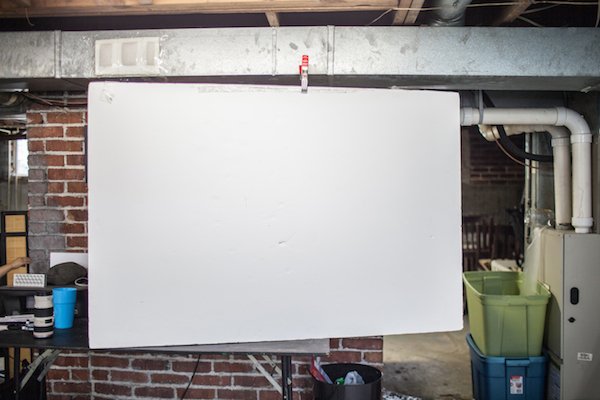

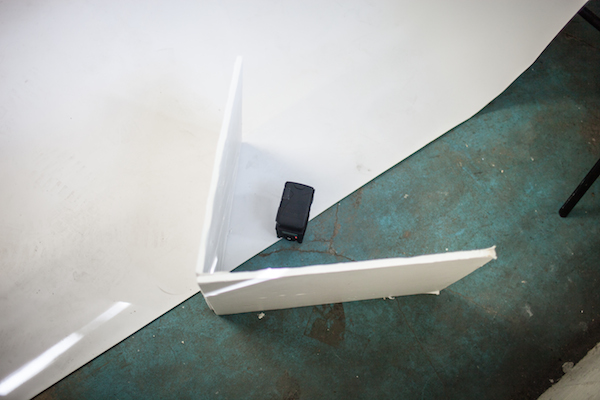


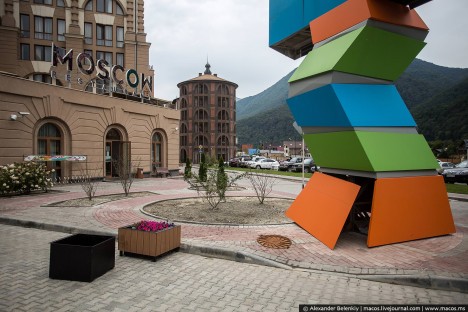
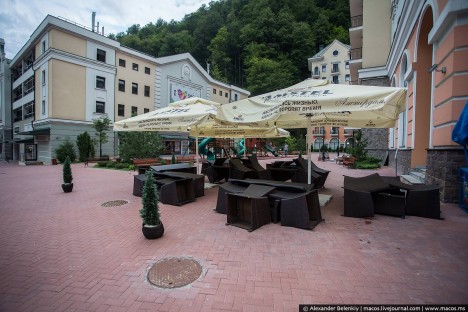
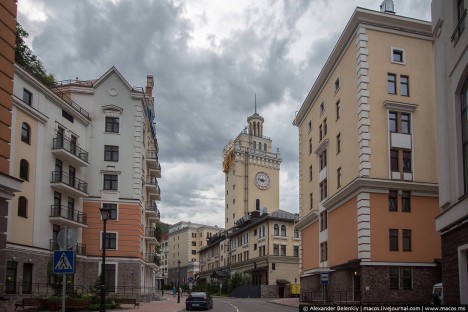
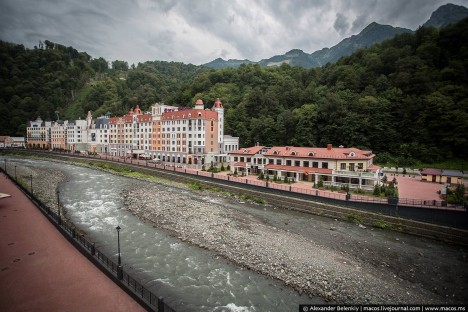
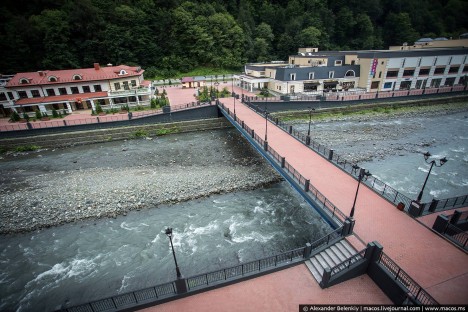
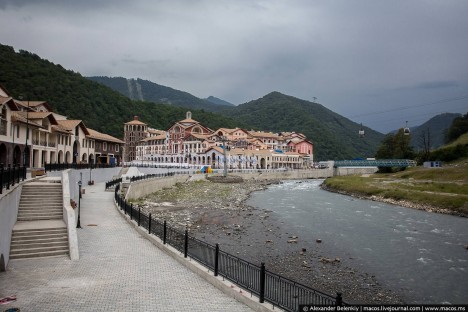
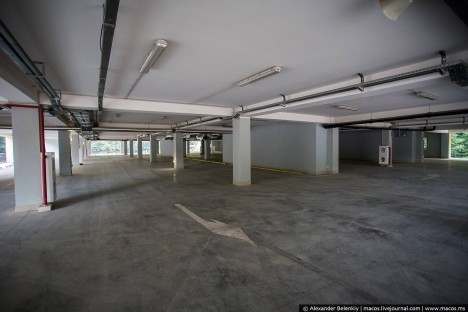
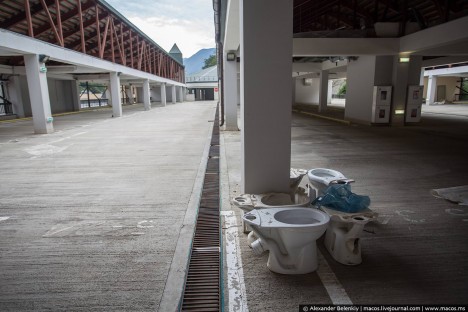
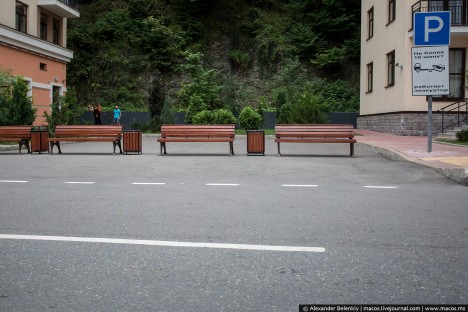
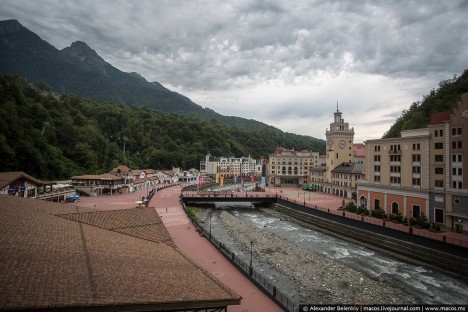
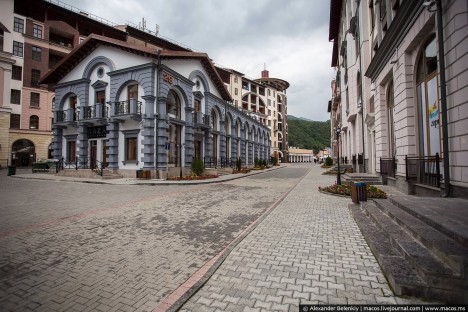








 The past week has been an interesting roller coaster ride with photographers and other creatives sounding the alarm about Facebook’s pending Data Policy and Statement of Rights and Responsibilities changes. On one hand good for photographers for taking note and on the other hand too bad photographers don’t realize their pact with the “devil” is already signed regardless of this particular revision to Facebook’s governing documents. Let me be blunt. If you’ve been using Facebook to this point everything you fear has already been realized… too little, too late.
The past week has been an interesting roller coaster ride with photographers and other creatives sounding the alarm about Facebook’s pending Data Policy and Statement of Rights and Responsibilities changes. On one hand good for photographers for taking note and on the other hand too bad photographers don’t realize their pact with the “devil” is already signed regardless of this particular revision to Facebook’s governing documents. Let me be blunt. If you’ve been using Facebook to this point everything you fear has already been realized… too little, too late.
You must be logged in to post a comment.